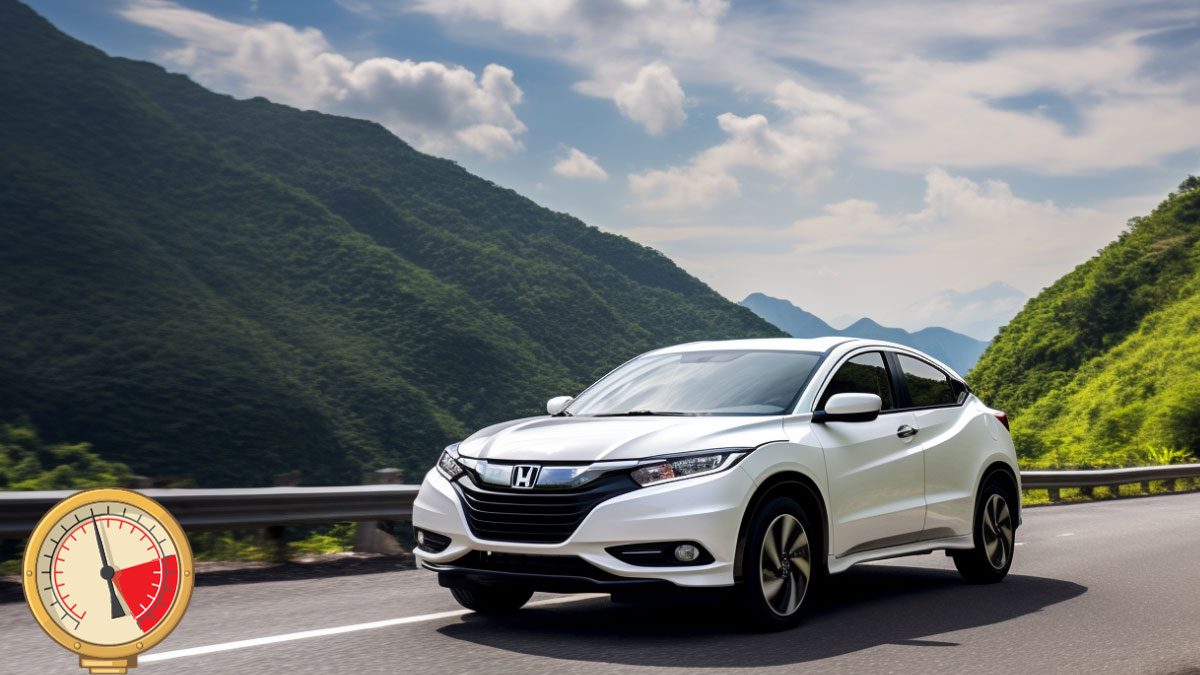How Long Can I Drive With High Oil Pressure? Risks, Causes, and Solutions
When it comes to maintaining your vehicle, understanding oil pressure is crucial. If you are facing high oil pressure issues on a regular basis, then it can actually be a cause of concern. It could indicate a problem within the engine that needs to be addressed.
Now, you may ask, “How long can I drive with high oil pressure?” A car with high oil pressure should not be driven for more than 10 to 20 minutes. Driving with regularly increased oil pressure may lead to engine damage, lower durability, and possibly expensive repairs. To protect your vehicle, it’s essential to address high oil pressure issues promptly.
In the following sections, we will dig deeper into various aspects of high oil pressure and the safety of your car.
The Role of Oil in Your Engine
Oil gives life to the vehicle’s engine. It fulfills numerous vital tasks inside the engine, particularly in the fields of lubrication, cooling, and cleaning.
One of the major roles of oil is that of lubrication. It makes sure that various components inside the engine can move smoothly without any friction. The oil also helps to create a cover for the engine, which prevents them from grinding against each other and causing damage.
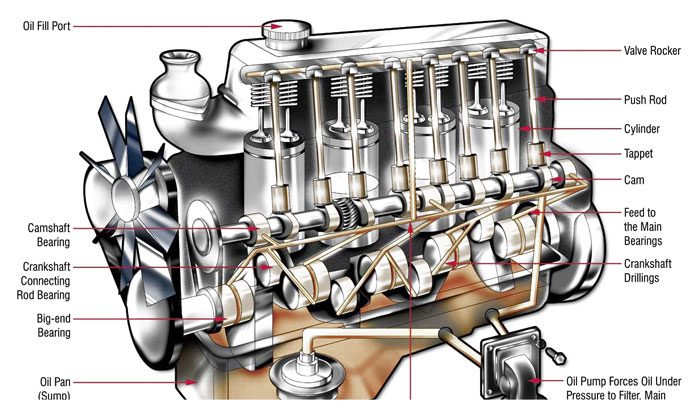
Another important function of oil is to maintain the temperature of the engine. During the operation, the heat produced by the engine is absorbed by the oil as it circulates. The heat is then redistributed by the air cooler, which keeps the engine’s temperature within acceptable limits.
In addition to that, oil also helps to keep the engine clean. It removes debris, dirt, and other types of contaminants. By carrying away all the unnecessary materials, it stops dangerous deposits from building up, which can slow down the engine.
How Long Can I Drive With High Oil Pressure?
Driving with high oil pressure for an exact amount of time or distance is difficult to predict. It depends on various factors such as how high the oil pressure is, the driving conditions as well as the overall health condition of the engine.
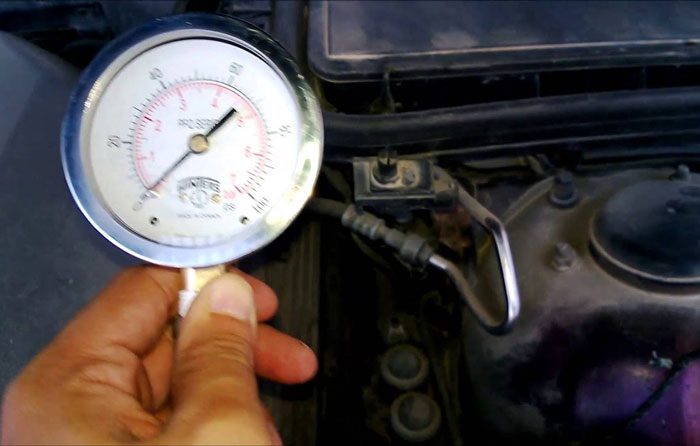
Typically, a vehicle may be driven for 10 to 20 minutes or about 15 miles with high oil pressure. However, it is not a good idea to push your automobile to its limit since doing so increases the likelihood of damage.
The Ideal Oil Pressure Range
The ideal oil pressure range depends on the vehicle’s specific make and model. However, the general idea is that the oil pressure should be within 25 to 65 psi (pounds per square inch) when the engine is turned on.
If the oil pressure is below or above this range, then you are dealing with the problem of low or high oil pressure.
Low oil pressure can lead to inadequate lubrication, which can result in increased friction, causing wear and damage to the engine. It can also cause inadequate heat dissipation, which means the engine might not be able to cool down effectively. This can cause the engine to overheat and break down over time.
Risks of Driving with High Oil Pressure
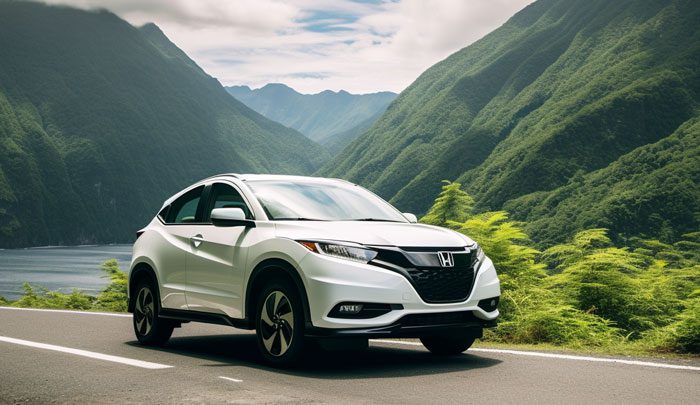
Insufficient Lubrication
Conversely, high oil pressure can cause a restriction in oil flow, which prevents the oil from reaching all the components of the engine, leading to insufficient lubrication in some areas.
Added Pressure on Engine Parts
Moreover, high oil pressure places additional strain on various engine components. For instance, the oil filter might be blown off or ruptured due to high oil pressure. In some cases, the pressure can make parts work harder, which can lead to more wear and damage.
Major Damage
Driving with very high oil pressure for an extended period of time might cause severe harm to the engine. Component failures, such as cracked engine blocks, damaged bearings, or even engine seizures, may result from increased pressure.
Common Causes of High Oil Pressure
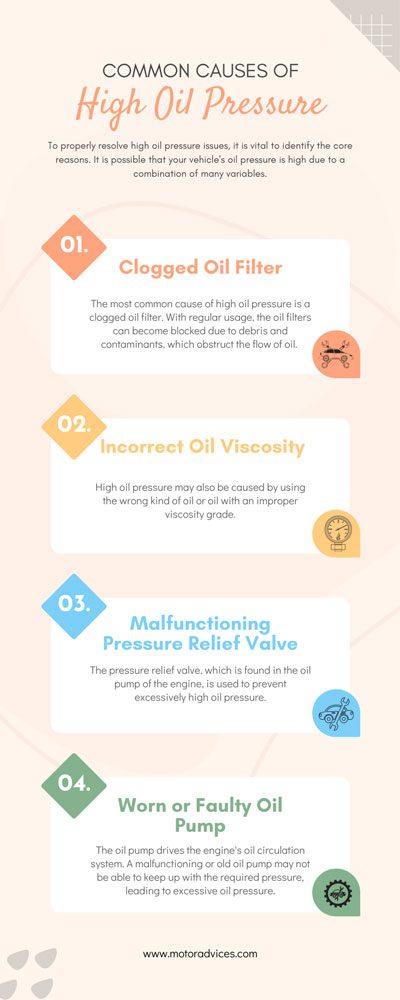
To properly resolve high oil pressure issues, it is vital to identify the core reasons. It is possible that your vehicle’s oil pressure is high due to a combination of many variables.
Clogged Oil Filter
The most common cause of high oil pressure is a clogged oil filter. With regular usage, the oil filters can become blocked due to debris and contaminants, which obstruct the flow of oil. Therefore, a pressure buildup occurs as a result of the obstruction.
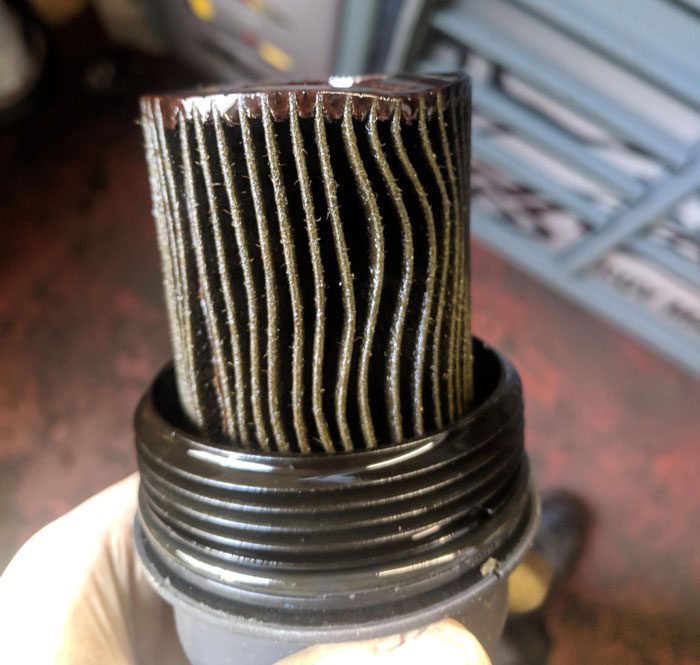
Incorrect Oil Viscosity
High oil pressure may also be caused by using the wrong kind of oil or oil with an improper viscosity grade. Manufacturers of engines often have very strict requirements for the kind and viscosity of oil that should be used in them. Not following these instructions might cause problems with the oil’s flow and pressure.
Malfunctioning Pressure Relief Valve
The pressure relief valve, which is found in the oil pump of the engine, is used to prevent excessively high oil pressure. However, if this valve fails to work properly or becomes blocked, oil pressure will rise, causing damage to the engine.
Worn or Faulty Oil Pump
The oil pump drives the engine’s oil circulation system. A malfunctioning or old oil pump may not be able to keep up with the required pressure, leading to excessive oil pressure.
Solutions to the Common Causes of High Oil Pressure
Addressing high oil pressure is critical to your vehicle’s well-being. In order to keep the oil pressure at its optimal level and avoid any harm, consider the following methods and remedies:
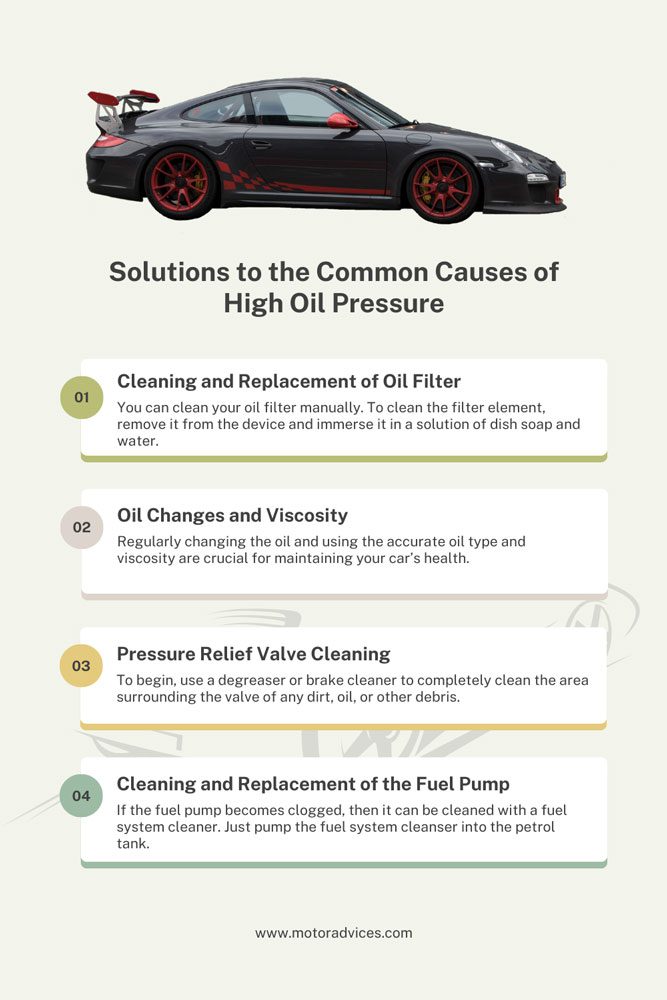
Cleaning and Replacement of Oil Filter
You can clean your oil filter manually. To clean the filter element, remove it from the device and immerse it in a solution of dish soap and water. Keep it for a few minutes and shake it 2 to 3 times. After that, remove any liquid and let the filter air dry.
It is recommended to change the oil filter during every change of oil. This replacement can ensure the unimpeded flow of oil. Thus, a clean and functioning oil filter is essential to prevent high oil pressure.
Oil Changes and Viscosity
Regularly changing the oil and using the accurate oil type and viscosity are crucial for maintaining your car’s health. It is recommended to change oil at intervals between 7,500 to 10,000 miles.
In the case of viscosity, choosing the oil mentioned in your car’s manual is always recommended. However, you may also need to change the oil depending on weather conditions.
Pressure Relief Valve Cleaning
To begin, use a degreaser or brake cleaner to completely clean the area surrounding the valve of any dirt, oil, or other debris. Then, spray the degreaser or brake cleaner onto a clean cloth or onto the area around the valve. Wipe the surface gently to remove any dust or filth that is readily apparent.
Be sure to give the area directly surrounding the valve a thorough cleaning to get rid of any oil or debris that may have built up. You also need to look for dust and grime to have settled into gaps and corners.
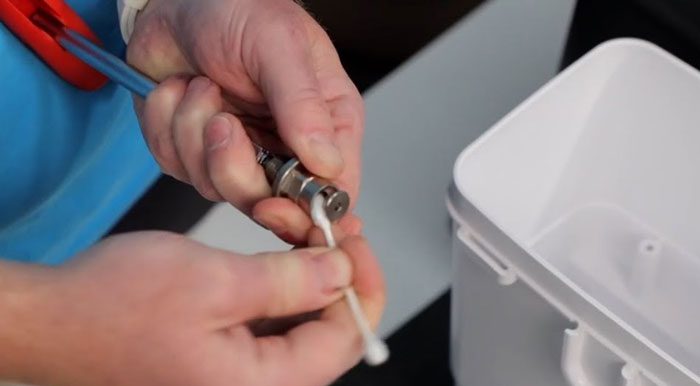
The regular inspection of the pressure relief valve is also of greater importance. Have your vehicle’s pressure relief valve inspected and maintained regularly. A well-functioning relief valve is vital for regulating oil pressure.
Cleaning and Replacement of the Fuel Pump
If the fuel pump becomes clogged, then it can be cleaned with a fuel system cleaner. Just pump the fuel system cleanser into the petrol tank. Then, start the engine and let it idle for a few minutes.
The fuel pump and filter will transport the fuel system cleaner to the combustion chamber, where it will be burned together with the petrol. In its path, it will begin dissolving sediment buildup in your fuel pump and elsewhere, cleaning the entire system.
Besides that, a fuel pump, like any other car part, will eventually wear out and need replacing. The typical lifespan is around 150,000 km before it starts to exhibit indications of wear.
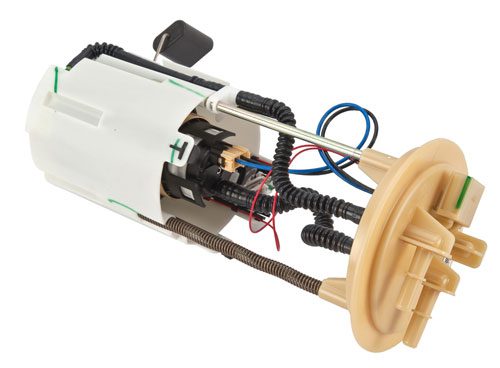
FAQs
Some common questions asked by car owners regarding high oil pressure include:
Overfilling also raises oil pressure, which puts extra strain on the seals and gaskets that prevent oil from escaping the engine or seeping into unintended areas. Moreover, the increased pressure causes the seals and gaskets to wear out faster over time.
Typically, manufacturers recommend a range from 30 to 60 psi for oil pressure, with 30 being optimal for idling and 60 optimal for faster speeds. If the oil pressure is less than 20 psi, you should have it checked out right away.
The oil pump of an automobile is responsible for delivering oil to the engine’s critical components. The pump is powered by the engine’s output. When the engine’s rpm goes up, so does the oil pump, which means that more oil may be pumped at a higher pace. This, in turn, raises the engine oil pressure.
Conclusion
When it comes to the health of your car, high oil pressure is not something to be taken lightly. You have gained an in-depth knowledge of the dangers, root causes, and potential remedies of driving with excessive oil pressure.
If you are well-informed and take preventative measures, you can keep your car’s engine running smoothly for many years to come. Do what has to be done to keep the oil pressure at the correct level to protect your engine and your investment. Keep in mind that a well-maintained engine will serve you well for many miles.

